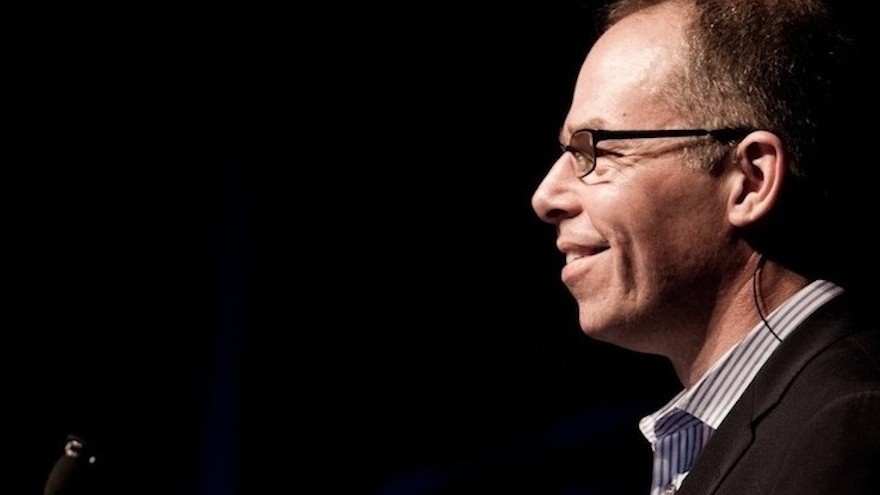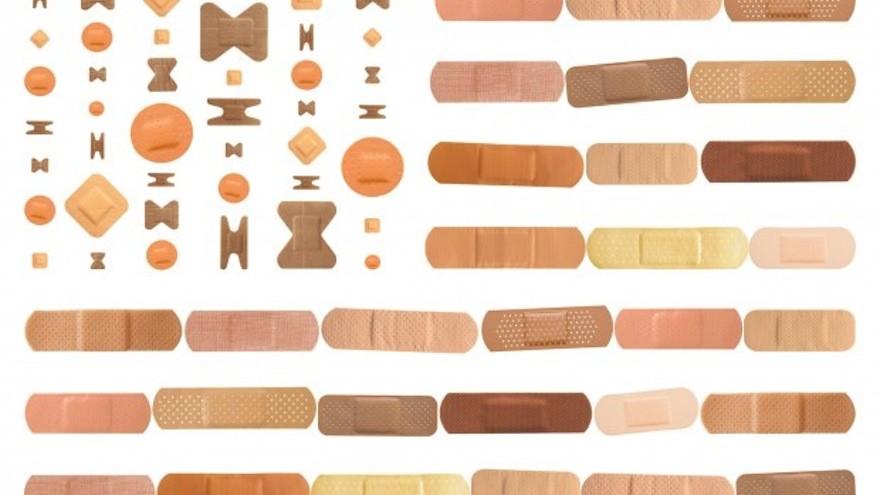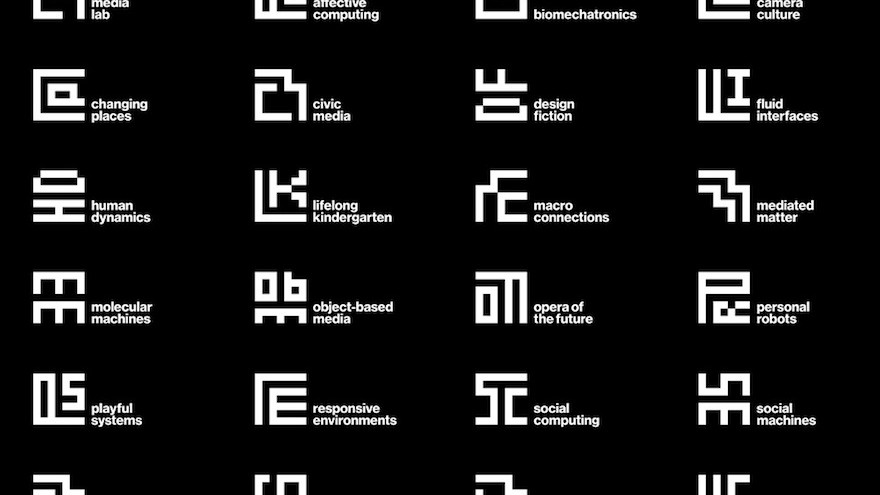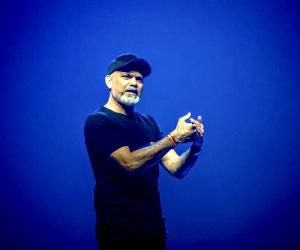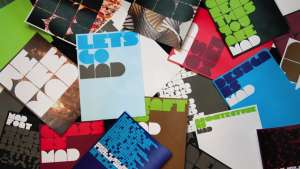From the Series
Founder of Design Indaba, Ravi Naidoo, describes Michael Bierut as a doyen of design, a polymath and one of the most erudite people he's met. "He can hold his own on any issue. He's got a cracking sense of humour and a beautiful, fabulous attitude. We consider him to be part of our family."
Bierut first attended the Design Indaba Conference as a speaker in 2005. He returned to speak at the Conference in 2010, during which he was co-opted for co-host duties. After that debut, Naidoo said the response was so rousing it led to Bierut's installation, in true African fashion, as "emcee for life". And, coincidentally, considering Bierut's last two speaking presentations were five years apart, he returns now – five years since the last time – to present again.
In an interview with Cool Hunting in 2012, Bierut described the Design Indaba Conference as an event that “makes connections that last”.
“Creativity doesn't happen in a vacuum. It's all about connections. . .and those connections have the capacity to change the world.”
One of those connections Bierut made happen: he was so struck by the handmade toaster from raw materials by Royal College of Art industrial design student Thomas Thwaites, that he asked for a copy of Thwaites’ thesis presentation and gave it to Kevin Lippert at Princeton Architectural Press. Lippert published the thesis and Thwaites went on to promote the book on The Colbert Report in the US.
“It all starts at Design Indaba,” Bierut says in the interview.
Apart from Bierut's sparkling personality and being one of Design Indaba's best scouts, his ability to connect the dots, to distill the commonalities of the day's talks, to capture the zeitgeist of what is happening in design at the time is unparalled, according to Naidoo. "He's a connector," Naidoo says, referring to the Thwaites anecdote and also to the talk by Burkina Faso architect, Diébédo Francis Kéré, which made such an impression on Bierut that he advised The Architectural League of New York to invite Kéré to address them and they did.
Bierut is also responsible for a now-entrenched speaker tradition: the morning run. "Michael has a running fetish, " Naidoo says. "He has to get in three miles everyday and when he misses a day, he does six the next day."
What started in 2010 as a two-man jog (Bierut and Naidoo) has grown to a posse in excess of 20, consisting of other speakers and media. On one of those jaunts last year, architects Clive Wilkinson and Michel Rojkind started chatting and now they've just landed a massive commission that they pitched for together. "It was a Design Indaba marriage," Wilkinson joked when he popped into the office earlier this year.
Naidoo designs new routes for them to run every year but the Camps Bay to Bantry Bay Victoria Road route remains Bierut's favourite. "It's a wonderful, energised way to start the day," Naidoo says. And this year, maverick American filmmaker and Conference speaker Casey Neistat plans to make one of his inimitably-shot movies about the runs.
When Bierut's not pounding the pavements on the southern tip of Africa, he's in the New York office of the world’s largest independent design consultancy, Pentagram, where he is a partner.
Some of his most recent work includes the illustrations for the January 11, 2015 issue of The New York Times Book Review (Bierut also designed The New York Times signage on the newspaper’s headquarters). The two illustrations accompany the cover story on Steven Brill’s book on the US healthcare system, America’s Bitter Pill.
Bierut and colleague Britt Cobb assembled stock images of bandages in various sizes and placed them at angles to form a map of the 50 states (requiring 272 bandages) and one of the American flag (72 bandages).
In the old days, it would likely have been a coloured paper, rubber cement, X-Acto knives and cans of aerosol spray glue type assignment.
As Bierut writes in The New York Times: "Design work that would have taken me a week in 1980 can now be done on a personal computer in less than an hour.
"The technology we have at our disposal is dazzling, and our efficiency is such that clients expect fast solutions and nearly instantaneous updates. We are proud to deliver them. Still, I wonder if we haven’t lost something in the process: the deliberation that comes with a slower pace, the attention to detail required when mistakes can’t be undone with the click of a mouse."
Bierut's overhaul of the Massachusetts Institute of Technology’s media lab identity was voted One of Wired’s Most Inspiring Designs of 2014.
It "is kind of a juggling act," it's written in the magazine of the new design. "Simple yet complex, uniform but totally individualistic. The Pentagram partner was able to unify the Media Lab’s disparate research groups by making each group’s logo completely different. It sounds counterintuitive, but Bierut was able to build enough flexibility into the 7x7 grid to make it work."
Bierut’s colleague and fellow Pentagram partner Emily Oberman will also present at the Conference this year. Whether she'll also be on the morning runs is another question.
Design Indaba Conference 2015 and both Cape Town Simulcast venues are sold out. But there’s always a chance of bumping into Bierut at Indabar so head there Wednesday through Friday, 25 till 27 February, from 5pm for a sundowner. And tickets are still available for our Simulcasts in Joburg, Durban, PE and Potchefstroom.

